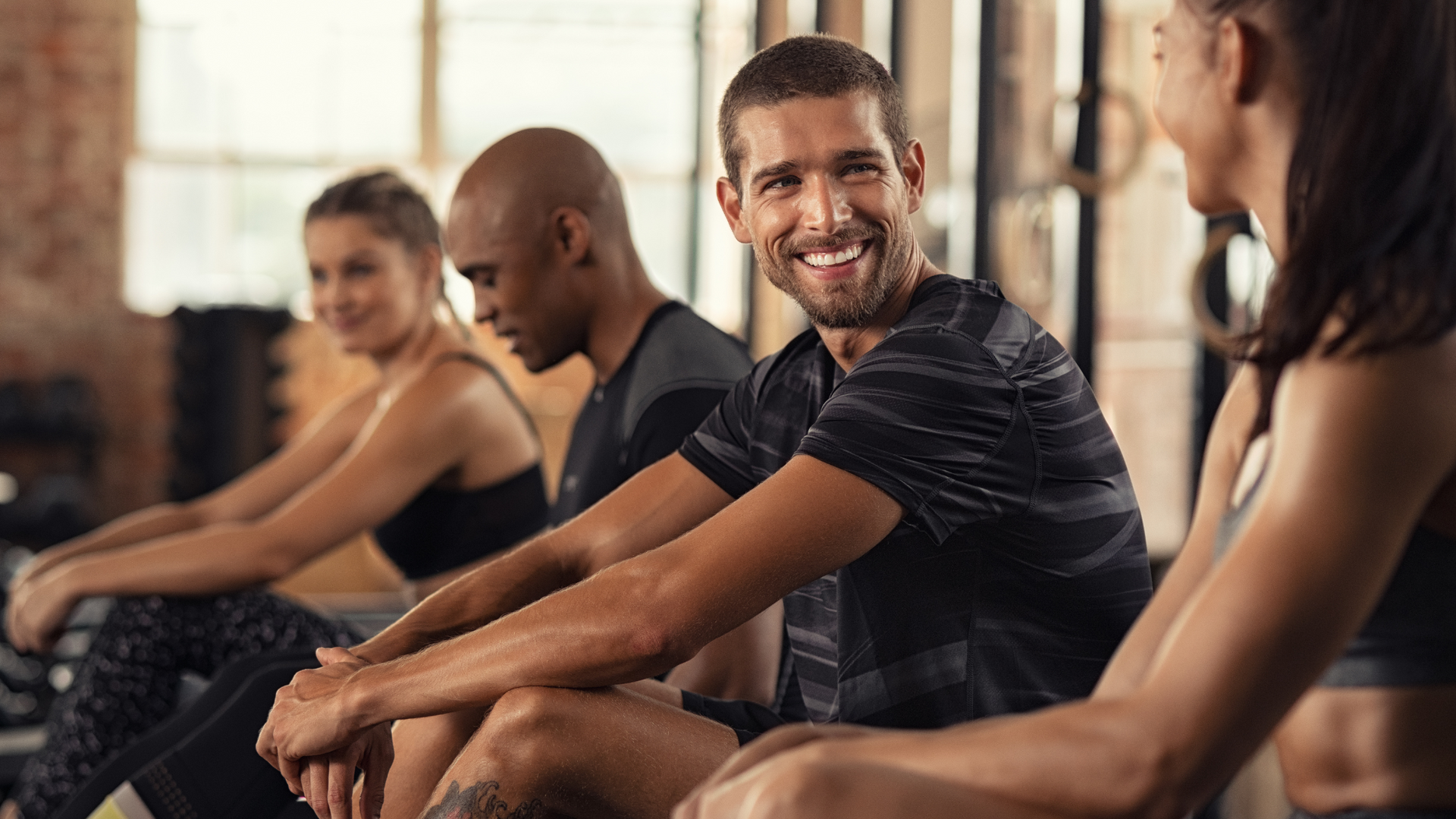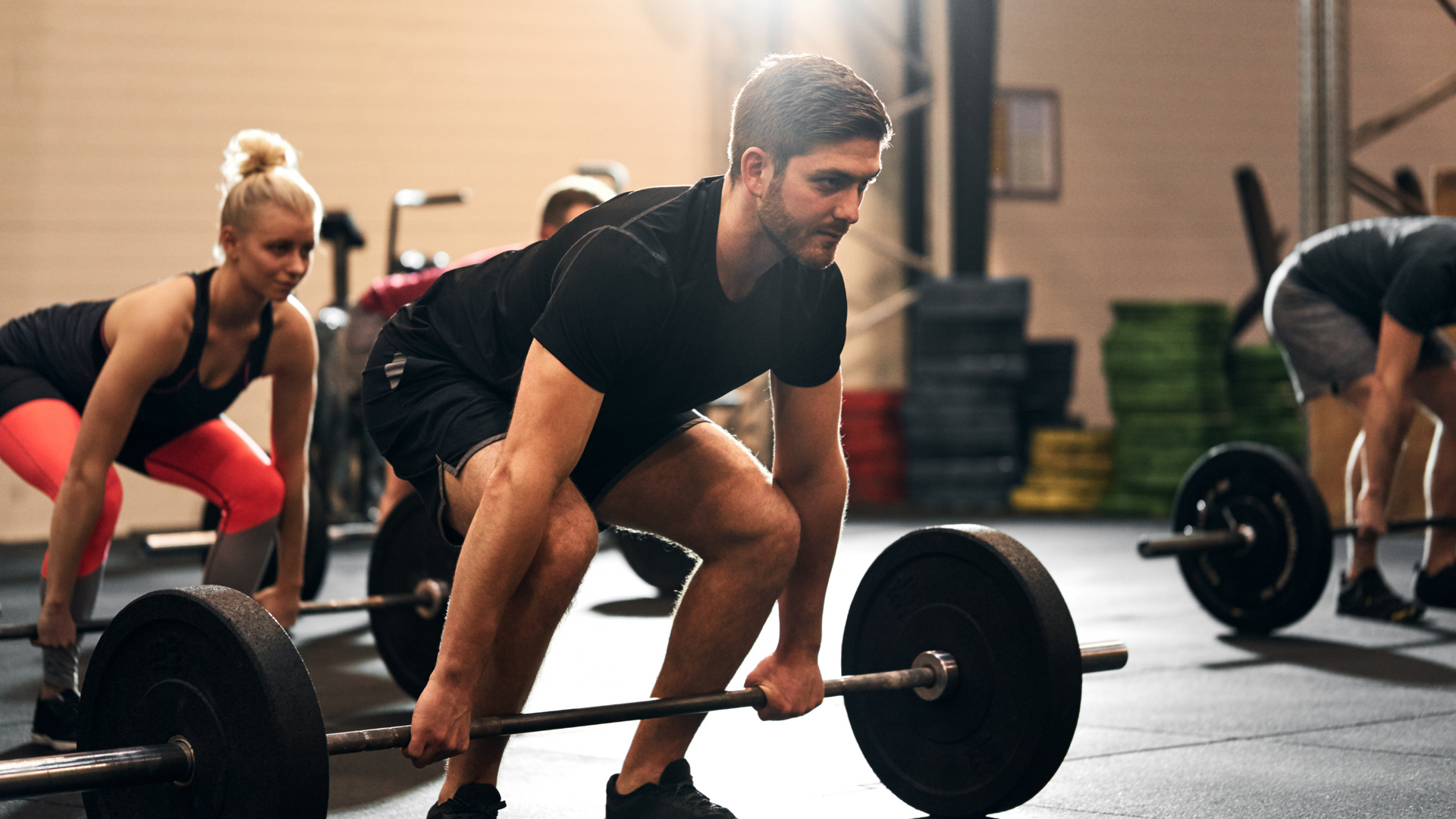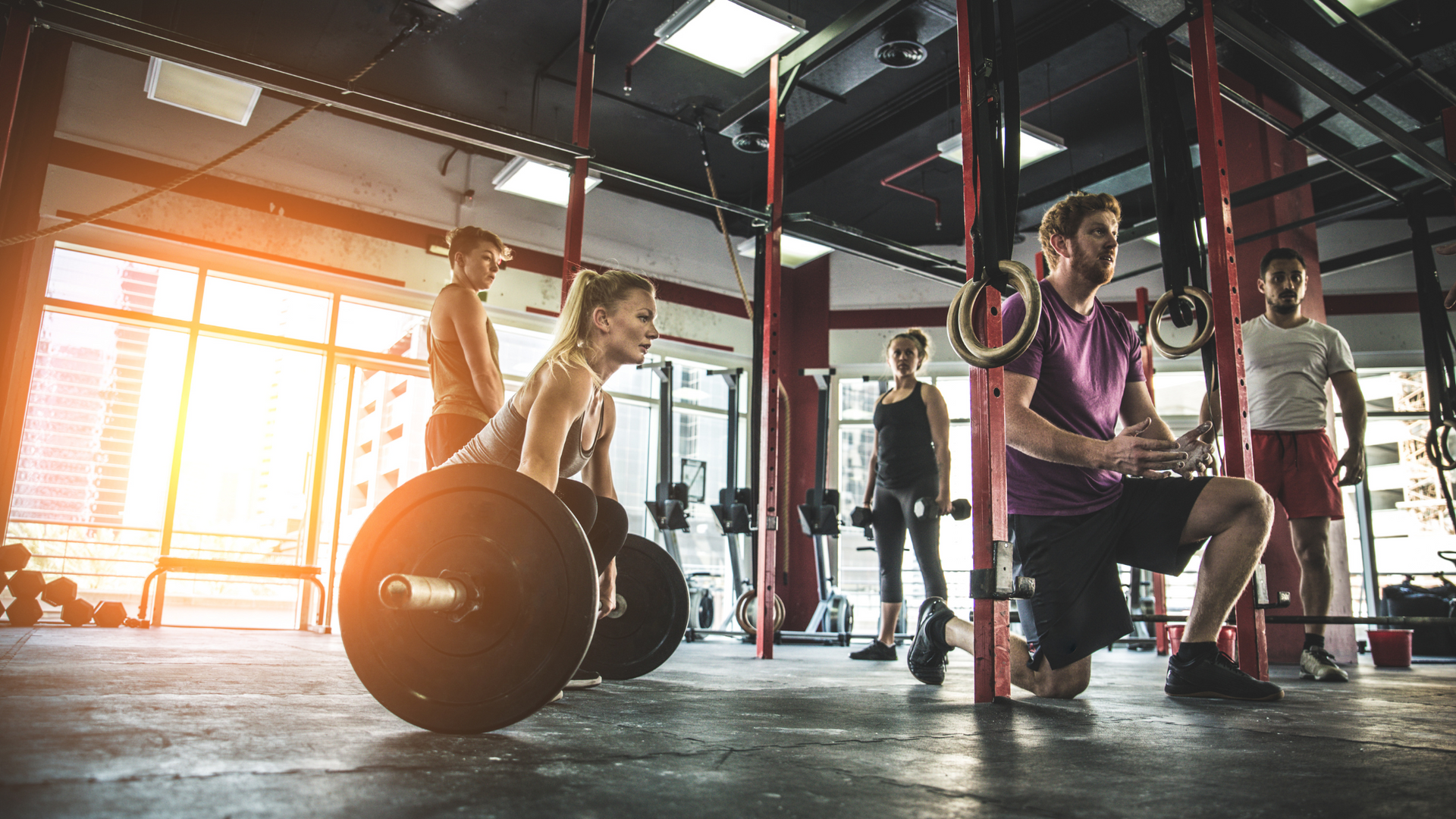Unleashing the Power of Group Training in Fitness
Unleashing the Power of Group Training in Fitness
Fitness is not just a journey; it's a shared experience that brings people together. In this comprehensive guide, we dive into the dynamic world of group training, exploring how it revolutionizes workouts and fosters community spirit. Whether you're a fitness enthusiast or a newcomer, this post will uncover the unique benefits and strategies of group training that can transform your fitness journey!
What is group training?
Group training in the fitness context refers to a workout format where individuals exercise together under the guidance of a fitness instructor or trainer. Unlike one-on-one personal training sessions, group training involves a collective environment where participants engage in physical activities simultaneously. This approach combines the benefits of expert-led instruction with the motivational and social aspects of working out in a group.
Key characteristics of group training include:
- Structured Workouts: These sessions are typically designed and led by certified trainers who provide structured workout routines suitable for the group's overall fitness level. These workouts can vary in style, intensity, and focus, ranging from cardiovascular and strength training to flexibility and balance exercises.
- Motivational Environment: Group training fosters a supportive and energized atmosphere. Exercising alongside others can boost motivation, create a sense of camaraderie, and encourage friendly competition, leading to increased effort and consistency in workouts.
- Variety and Fun: Many group training sessions incorporate a variety of exercises and formats, keeping the routines fresh and enjoyable. This variety not only helps in maintaining high engagement levels but also ensures a well-rounded approach to fitness, addressing different muscle groups and fitness aspects.
- Accessibility for All Levels: Group training is often designed to cater to a wide range of fitness levels. Instructors typically offer modifications for exercises to accommodate beginners, intermediates, and advanced participants, making these sessions inclusive and adaptable.
- Accountability and Regularity: Being part of a group training schedule can help individuals maintain regularity in their workout routines. The set class times and the commitment to other group members can serve as a powerful accountability tool.
- Social Interaction: Group training provides an opportunity for social interaction, which can be a significant draw for many participants. The social aspect of working out in a group can lead to lasting friendships and a strong sense of community.
Overall, group training in fitness is an effective way to combine the expertise of professional instruction with the benefits of a supportive and dynamic group environment, making it a popular choice for those looking to enhance their fitness journey in a collective setting.
The benefits of group training
Group training in fitness offers a wide array of benefits spanning physical, mental, and social aspects. Here's a breakdown of these benefits:
Physical Benefits
- Improved Fitness Levels: Group training sessions are designed to target various fitness components, including strength, endurance, flexibility, and balance. Regular participation can lead to significant improvements in overall fitness levels.
- Diverse Workout Routines: These sessions often incorporate a variety of exercise styles, from high-intensity interval training (HIIT) to yoga, pilates, and strength training. This diversity keeps the body challenged and reduces the risk of fitness plateaus.
- Consistent Exercise Habits: Group training classes are scheduled at regular times, which can help participants establish and maintain consistent workout habits.
- Adaptability to Different Fitness Levels: Instructors often offer modifications for each exercise, making the workouts accessible and challenging for participants with varying fitness levels.
Mental Benefits
- Stress Relief: Physical activity, especially in a group setting, has been shown to reduce stress levels. The camaraderie and engaging nature of these workouts can provide a mental break from daily stressors.
- Mental Health Improvements: Regular exercise, including group training, can have a positive impact on mental health, reducing symptoms of anxiety and depression and boosting overall mood.
- Increased Motivation: Working out in a group can provide a motivational boost. Seeing others push their limits can inspire participants to challenge themselves.
Social Benefits
- Building Community: Group training sessions foster a sense of community and belonging. This social interaction is not just limited to the workout but often extends outside of the fitness setting.
- Motivation and Accountability: Being part of a group creates a sense of accountability to show up and participate. The motivational aspect of group dynamics can encourage individuals to push harder in their workouts.
- Friendship and Support: Regular interactions with fellow participants can lead to lasting friendships. The shared experience of working towards fitness goals creates a supportive network that goes beyond just exercising together.
In summary, group training in fitness offers a comprehensive approach to wellness, combining the physical benefits of structured and diverse workouts with the mental benefits of stress relief and improved mental health, all while fostering a strong sense of community, motivation, and accountability.
Types of Group Training Programs
Group training programs come in various formats, each offering unique benefits and experiences. Here’s an overview of some popular types of group training programs, along with tips on how to choose the right one for your needs:
- High-Intensity Interval Training (HIIT): HIIT involves short bursts of intense exercise followed by brief periods of rest or lower-intensity exercise. Ideal for improving cardiovascular fitness, burning calories, and building strength.
- Yoga: Yoga classes focus on flexibility, balance, and core strength through various poses and breathing techniques. Suitable for stress reduction, flexibility improvement, and overall mental and physical wellness.
- Cycling or Spin Classes: These classes involve stationary bikes and include periods of varying intensity, simulating an outdoor cycling experience. Great for cardiovascular fitness and lower body strengthening.
- Strength Training or Bodybuilding: These sessions focus on building muscle strength and endurance using weights, resistance bands, or bodyweight exercises. Beneficial for muscle building, bone health, and metabolic rate enhancement.
- Pilates: Pilates emphasizes controlled movements to improve flexibility, build strength, and develop endurance in the legs, abdominals, arms, hips, and back. Excellent for core strength, posture improvement, and flexibility.
- Boot Camp: Boot camp workouts are a mix of strength, cardio, muscle endurance, flexibility, core, and functional movement patterns. They’re dynamic and can be adapted to all fitness levels, offering a challenging and varied workout.
- Dance Fitness Classes (e.g., Zumba): These are fun, energetic classes combining dance moves with fitness training. Perfect for those looking to improve fitness in an upbeat, enjoyable environment.
- Aquatic Fitness: Conducted in a pool, these workouts are low-impact and suitable for all ages and fitness levels, especially beneficial for those with joint issues.
- Functional Training: Focuses on exercises that train muscles to work together, simulating common movements you might do at home, at work, or in sports. Great for improving balance, agility, and muscle strength.
Choosing the Right Program
- Assess Your Fitness Goals: Are you looking to lose weight, build strength, improve flexibility, or boost cardiovascular health? Different programs cater to different goals.
- Consider Your Fitness Level: If you’re a beginner, start with programs that offer scalable intensity levels. More advanced fitness enthusiasts might seek challenging routines.
- Look at Your Interests: Choose a program that you find enjoyable. If you like dancing, a dance fitness class might be more engaging for you than a traditional boot camp.
- Check Your Schedule: Ensure the class times fit your schedule. Consistency is key in any fitness program.
- Listen to Your Body: Consider any physical limitations or medical advice. For instance, low-impact programs like yoga or aquatic fitness might be better for someone with joint issues.
- Try Different Classes: Many gyms offer trial classes. Experiment with different types to see what suits you best.
Selecting the right group training program is crucial for maintaining long-term engagement and achieving your fitness goals. It’s about finding the right balance between enjoyment, challenge, and suitability to your personal fitness journey.
Common Challenges in Group Training
Participating in group training can be incredibly rewarding, but it also presents its own set of challenges. Here are some common obstacles encountered in group fitness settings and strategies to overcome them:
- Intimidation and Self-Consciousness: Newcomers often feel intimidated by more experienced participants or self-conscious about their own fitness level or abilities.
- Keeping Up with Others: There's sometimes pressure to keep pace with the group, which can be challenging, especially for beginners or those returning to fitness.
- Comparing Yourself to Others: It’s common to compare your abilities and progress to those around you, which can lead to demotivation.
- Overexertion: In an attempt to keep up, there's a risk of pushing yourself too hard, leading to exhaustion or injury.
- Lack of Personalized Attention: In a group setting, it's not always possible to receive the same level of individual guidance and adjustments that you would in a one-on-one session.
Strategies to Overcome These Challenges
- Start at Your Own Pace: Remember that everyone was a beginner at some point. Focus on your own journey and start with what you can manage, gradually increasing intensity.
- Communicate with the Instructor: Let the instructor know if you’re new or have any concerns. They can provide modifications and keep an eye out for you during the session.
- Avoid Comparisons: Focus on your own progress rather than comparing yourself to others. Fitness is a personal journey, and everyone’s abilities and pace of improvement are unique.
- Listen to Your Body: Pay attention to your body’s signals. If you feel pain or extreme discomfort, take a break or modify the exercise.
- Set Personal Goals: Rather than trying to match the group, set personal goals that are realistic and achievable. This can help keep you motivated and track your progress.
- Embrace the Community Aspect: Remember that group training is not just about the workout, but also about being part of a community. Engage with fellow participants and share experiences and support.
- Give Yourself Time: Don't expect to master everything immediately. Allow yourself time to learn and improve.
- Consider Supplementing with Personal Training: If you feel you need more personalized attention, consider supplementing group sessions with occasional personal training to work on specific goals or techniques.
By addressing these challenges with a positive mindset and strategic approach, you can greatly enhance your group training experience and enjoy the many benefits it has to offer. Remember, every participant in a group fitness class was once a beginner, and the journey is as much about personal growth as it is about physical fitness.
Taking the first step
As we've explored in this comprehensive guide, group training offers a unique blend of physical, mental, and social benefits that can significantly enhance your fitness journey. From the diverse workout routines in HIIT, yoga, and cycling classes to the mental health improvements and the supportive community spirit, group training stands out as an effective and enjoyable way to achieve your health and fitness goals.
If you've been contemplating adding a new dimension to your fitness routine, group training might just be the perfect choice. It's an opportunity to challenge yourself in a supportive and energetic environment, learn from experienced instructors, and connect with others who share your fitness aspirations.
Your Invitation to Join the Community
We invite you to experience the transformative power of group training at Cloud 10 Fitness, your local gym in Laurel, Maryland. At Cloud 10 Fitness, we offer a range of group training sessions designed to cater to all fitness levels and preferences. Whether you're a beginner or an experienced fitness enthusiast, there’s a place for you in our inclusive and dynamic community.
Ready to take the leap and join a group training session? Or perhaps you have some questions before you get started? Don't hesitate to reach out to us at Cloud 10 Fitness. We’re here to support you every step of the way on your journey to a healthier, more active lifestyle.














